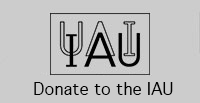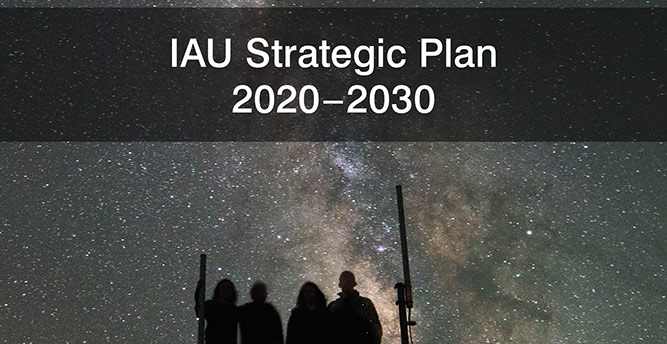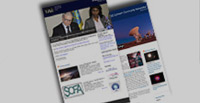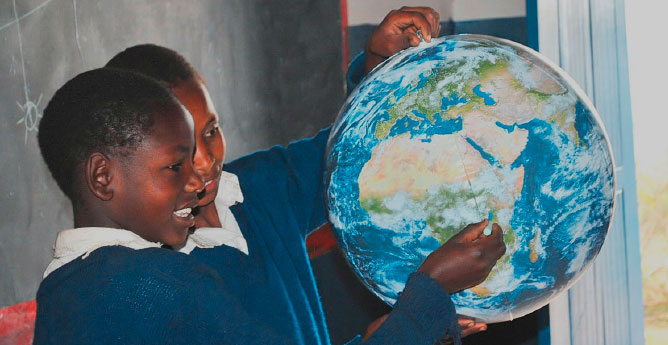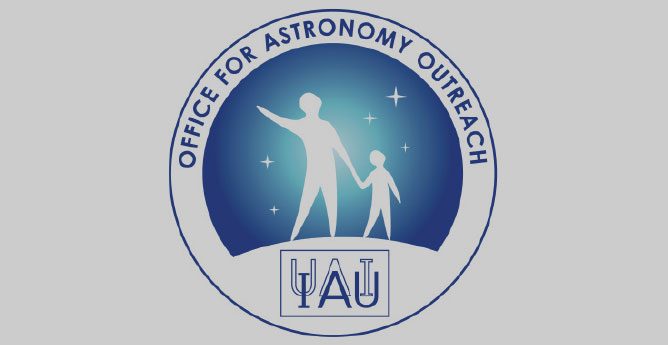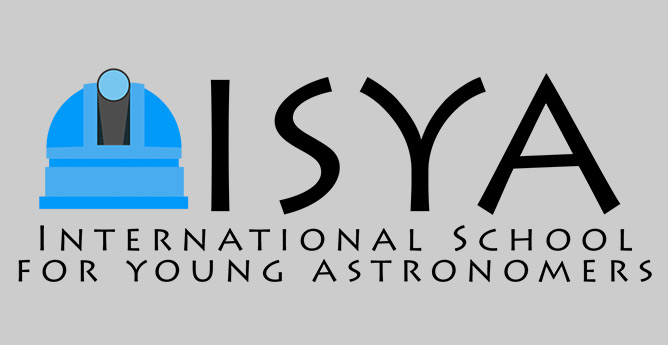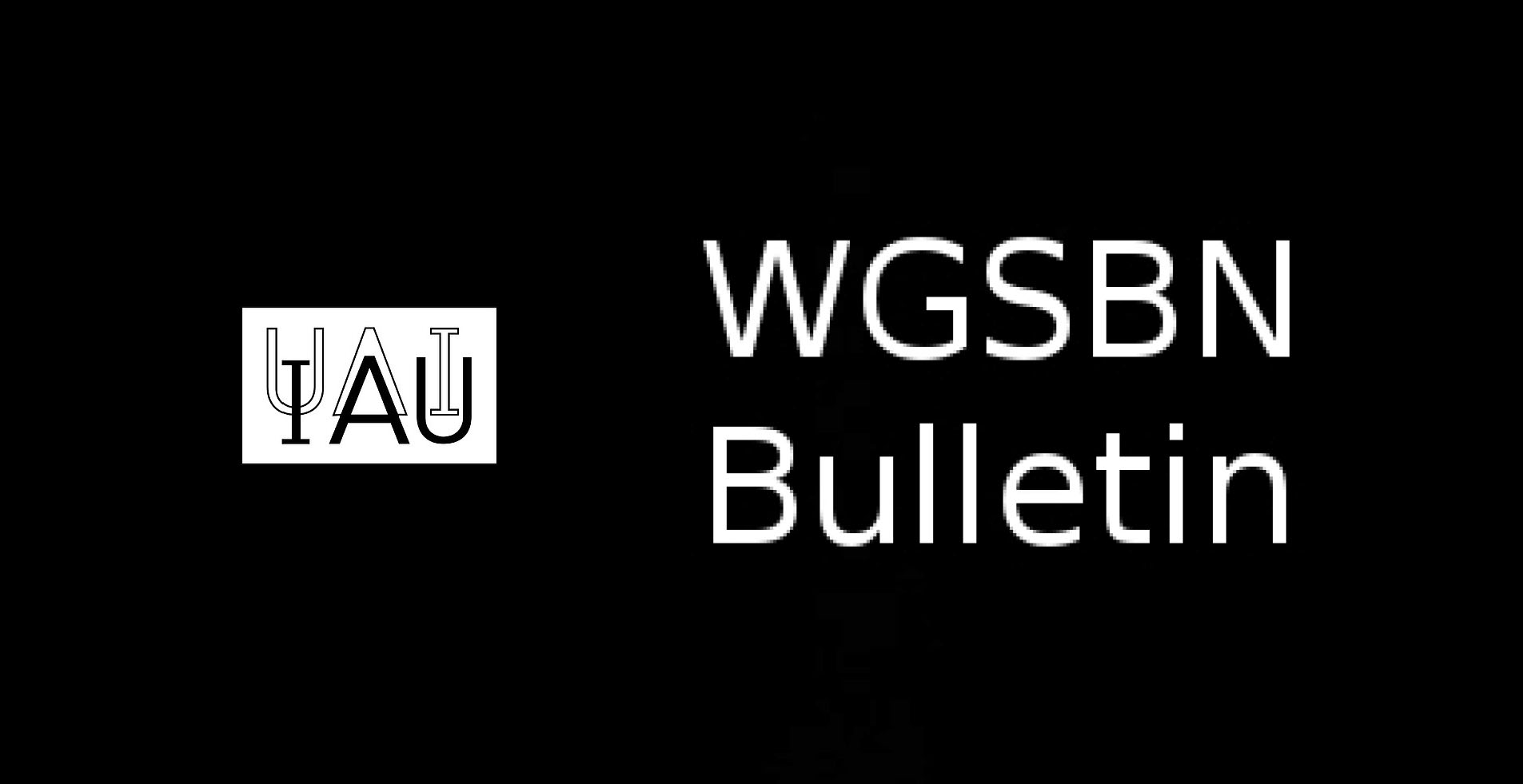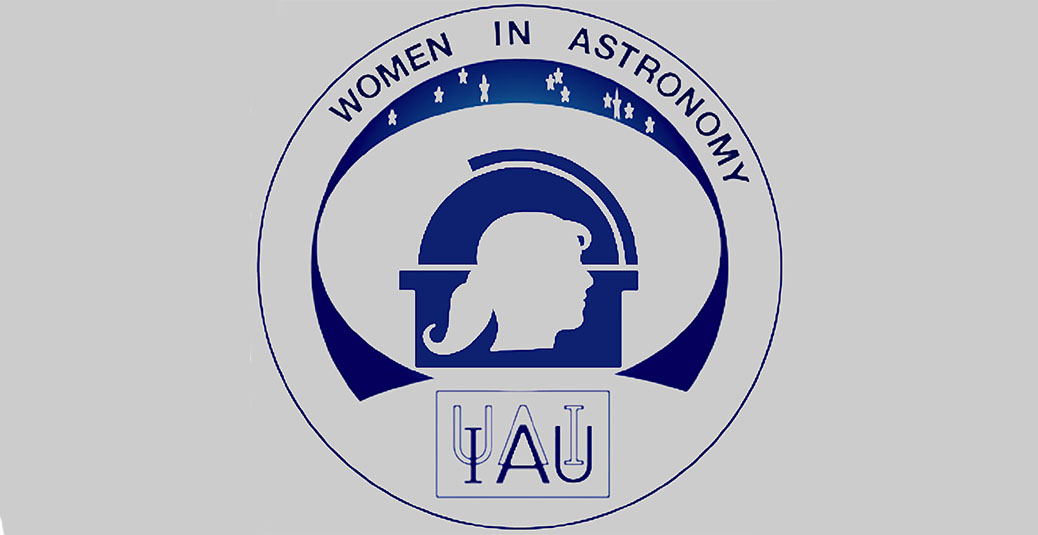- News
- Science
- Scientific Bodies
- Divisions
- Commissions
- Commission A1 Structure
- Commission A2 Structure
- Commission A3 Structure
- Commission A4 Structure
- Commission B1 Structure
- Commission B2 Structure
- Commission B3 Structure
- Commission B4 Structure
- Commission B5 Structure
- Commission B6 Structure
- Commission B7 Structure
- Commission C1 Structure
- Commission C2 Structure
- Commission C3 Structure
- Commission C4 Structure
- Commission C5 Structure
- Commission D1 Structure
- Commission E1 Structure
- Commission E2 Structure
- Commission E3 Structure
- Commission E4 Structure
- Commission F1 Structure
- Commission F2 Structure
- Commission F3 Structure
- Commission F4 Structure
- Commission G1 Structure
- Commission G2 Structure
- Commission G3 Structure
- Commission G4 Structure
- Commission G5 Structure
- Commission H1 Structure
- Commission H2 Structure
- Commission H3 Structure
- Commission H4 Structure
- Commission J1 Structure
- Commission J2 Structure
- Commission J3 Structure
- Commission X1 Structure
- Commission X2 Structure
- Past Commission Organising Committees
- Working Groups
- Centres
- Scientific Meetings
- Rules & Guidelines
- General Assemblies
- Meeting Proposals
- Future IAU Meetings
- General Assemblies
- EC Meetings
- Officers' Meetings
- Regional Meetings
- Symposia
- Focus Meetings
- Institutional Meetings
- IAU Offices Meetings
- IAU-Sponsored Meetings
- Letters of Intent submitted for 2024
- Letters of Intent submitted for 2023
- Letters of Intent submitted for 2022
- Letters of Intent submitted for 2021
- Letters of Intent submitted for 2020
- Past IAU Meetings
- Templates
- Other Meetings
- Grants & Prizes
- Scientific Bodies
- Publications
- IAU Publications
- IAU Strategic Plan
- Symposia
- WGSBN Bulletins
- Regional Meetings
- Information Bulletins/Catalyst
- E-Newsletters
- Focus Meetings
- Transactions A
- Transactions B
- Related Publications
- GA Newspapers
- CAPjournal
- IAU Books
- Brochures
- IAU Offices
- WG Reports
- Commission Reports
- Division Reports
- Past IAU Publications
- Rules, Guidelines and Instructions for Proceedings
- Publishers
- IAU Publications
- Administration
- About the IAU
- Statutes & Rules
- IAU Policies
- IAU Executive Bodies
- IAU Secretariat
- Resolutions
- Members Administration
- Administrative Dates & Deadlines
- International Organisations Relations
- Donate to the IAU
- Training in Astronomy
- Astronomy for Education
- Astronomy for Development
- Astronomy for the Public
- Office for Astronomy Outreach
- FAQ
- Themes
- Satellite Constellations
- Astronomy in Everyday Life
- How to Report a Discovery
- Careers in Astronomy
- Defining our Place in the Cosmos
- The Constellations
- Light Pollution
- Measuring the Universe
- Near Earth Objects
- How to Participate in Astronomy Research
- Naming of Astronomical Objects
- Naming of Exoplanets
- Buying Star Names
- Naming Stars
- Pluto and the Solar System
- IAU Member Statistics
- Our Moon: the Moon
- Meteors & Meteorites: The IAU Definitions of Meteor Terms
- UNESCO-IAU Portal to the Heritage of Astronomy
- Social Media
- Past Events
- Call for Online Resources
- Astronomy@Home Awards
- Contact
IAU Symposia
IAUS 325: Astroinformatics (AstroInfo16)
Start date/time
October 19, 2016
End date/time
October 25, 2016
Place
Sorrento (Naples),
Italy
Contact
Eric Feigelson
edf@astro.psu.edu
Event website
http://dame.dsf.unina.it/astroinformatics2016.html
Coordinating Division
Division B Facilities, Technologies and Data Science
| Co-Chairs of SOC: | Giuseppe Longo (Universita Federico II (Naples)) |
| Tara Murphy (University of Sydney (Sydney)) | |
| Jacob VanderPlas (University of Washington (Seattle)) | |
| Eduardo Vera (University of Chile (Santiago)) | |
| Chair of LOC: | Massimo Brescia (INAF – Astronomical Observatory of Capodimonte) |
Topics
Database structure, management and distribution
Multiprocessor (cluster, cloud, GPU) computing for astronomy
Machine learning methods for classification and knowledge extraction
Algorithms for N-point computations, time series analysis and image processing
Advanced visualization for astronomical Big Data
Cross-disciplinary perspectives and advanced training in informatics
Rationale
Motivation:
The proposed symposium will bring together world-class experts to address the methodological and technological challenges posed by massive data sets produced by the new generation of telescopes and observatories. Astronomy is at the forefront of Big Data science with exponentially growing data volumes and data rates, now entering the petascale regime at optical, infrared and radio wavelengths. The data structures are not simple, and the procedures for using them to gain astrophysical insights are not obvious. Astronomy is truly becoming data-driven in the ways that are both quantitatively and qualitatively different from the past. The informational content of the modern data sets is so high that archival research and data mining not merely profitable, but practically obligatory; researchers who obtain the data can only extract a small fraction of the science that is enabled by it.
This profound change affecting much of 21st century practice is giving birth to the new discipline of Astroinformatics that lies at the crossroads of advanced statistics, computer science, information science, and astronomy. Making discoveries and constraining astrophysical theory in this overabundance of data requires the exploitation of advanced technologies of computer and information sciences in several ways: developing new data models, storage and distribution systems; implementing new and efficient analysis algorithms; adopting novel machine learning tools and advanced visualization methods; and utilizing the latest of the rapidly improving computing hardware. These challenges represent a revolution in the expertise needed to be a modern astronomer, requiring redefinitions of university curricula and professional development to prepare a new generation of computationally expert astronomers and astrophysicists.
We are proposing the first IAU symposium devoted to this new discipline. The symposium takes place at a crucial stage in the development of this new science when many individual efforts have made significant achievements, but the widespread groups have not yet effectively communicated across specialties, gathered to assimilate their achievements, and consulted with cross-disciplinary experts. The symposium will provide an environment for the exchange of ideas, methods, software, and technical capabilities, seeking to establish enduring associations between the diverse researchers.
Although workshops and schools in astroinformatics have been held worldwide in recent years, past meetings have mostly been narrowly focused or drawing only small groups (~50 attendees). The IAU has the breadth and prestige to host the premier meeting in the young field of astroinformatics with 200-300 attendees. The proposed symposium covers a wide range of topics, drawing experts from many nations and specialties together for the first time. In addition, we expect a significant number of leading computer scientists will attend who can share their expertise and foster collaborations between the fields.
Organization:
We have assembled a distinguished S.O.C of ten astronomers and six computer scientists (including three women) from eight nations on four continents. Six have led cross-disciplinary research centers, three have designed major scientific databases or networks, five run laboratories or projects in computational astrophysics, seven teach classes in computational science or astroinformatics, and four have organized extramural workshops in astroinformatics.
The IAU Working Group on Astrostatistics & Astroinformatics has initiated the organization of this symposium, and it will continue to provide support to the S.O.C. with publicity, liaison with allied interest groups, and other organizational matters. The Proposer of this Letter of Intent is Chair of the IAU/WGAA.
The S.O.C. has identified possible sources of funding to supplement the contribution from the IAU from organizations in Italy, computer society co-sponsorships, and industry exhibitor booths. We believe the available funds will exceed 40K Euros, allowing some travel support for diverse participants: young researchers, developing country researchers, computer scientists, and SOC members. The S.O.C. will also seek co-sponsorship of the meeting by cross-disciplinary organizations: the new IEEE Task Force on Mining Complex Astronomical Data (AstroMiner), Institute for Mathematical Statistics, and International Astrostatistics Association. Cross-disciplinary participants will be sought using Web sites such as the Astrostatistics and Astroinformatics Portal and KDnuggets.
Venue:
The symposium will be held on a hilltop over Sorrento, a town on the Italian Riviera south of Naples with a view of Mt. Vesuvius. The host institution, University of Naples, and hotel are experienced with organizing scientific conferences. A free afternoon will give participants opportunity to visit the remarkable archeological town of Pompeii and the Island of Capri. An opening reception and conference banquet will be held on-site.
Structure:
The Symposium lasts five days with 1/2 day for tourism. Some sessions will have traditional invited review talks and selected contributed talks. Others will include panel discussions on topics such as: challenges of major astro-computational projects, astroinformatics education, perspectives of computer scientists and engineers, and industry employment of computationally proficient astronomers. Symposium presentations and panels will be broadcasted live online and kept available to the public on a local e-learning platform. Contributed poster papers will be available throughout the meeting and will include a juried competition with prize. As the conference venue is a beautiful but isolated site, participants should have with ample time for poster viewing and informal discussions.
Outside the symposium itself, the LOC expects to arrange an optional day following the symposium for hands-on software tutorials. The organizers foresee two public lectures in Italian: one held in Naples before the meeting, and another held during the meeting in the Sorrento Town Hall. The Proceedings, edited by S.O.C. members, will have diverse components: invited talks, contributed papers, panel discussions, and industry contributions.
